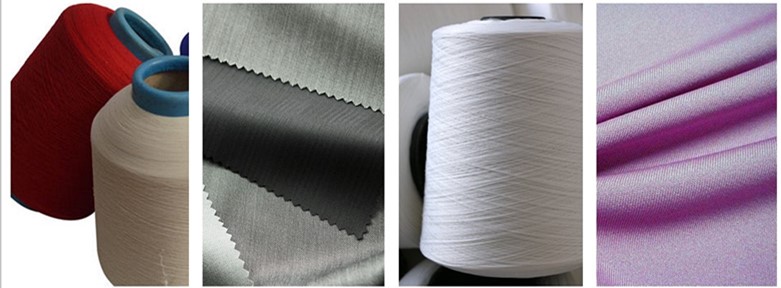Causes and control of unwinding performance of DTY bobbins

Yarn unwinding is a key process in textile production systems.
The main reason for excessive residual torque is that the stability of the second heat box is not properly determined, and the temperature difference between the first and second heat boxes is too high, which leads to insufficient release of the frictional stress on the disc during the false twisting process and insufficient shaping of the filament. By appropriately increasing the temperature of the second heat box, residual torque can be effectively reduced.
To increase the packaging density, it is necessary to have appropriate forming parameters for DTY silk cakes. Otherwise, blindly increasing the winding tension to improve the packaging density would make it difficult to break through a certain critical value and lead to phenomena such as stumbling and protruding shoulders. Especially for porous fine denier varieties, due to the large number of single fibers, the fluffiness of the composite fibers is increased. Compared to coarse denier fibers, the same weight requires more stacking space, resulting in lower package density and easier occurrence of entanglement and breakage during the weaving process. Only by selecting appropriate forming parameters such as anti convexity, anti stacking, end face cone angle, and cross angle, can the density of the surface of the silk cake be relatively uniform and consistent, in order to obtain products with high packaging density and no tripping wires.
Of course, having too manyDTY filaments and insufficient oil content can also have a certain impact on the situation of unwinding and breakage, especially for porous fine denier varieties. Due to the large contact area between the filament and the wire guide, high friction can easily generate static electricity, leading to entanglement of the filaments; The adhesion between monofilaments is poor, causing mutual entanglement and twisting, resulting in sudden changes in unwinding tension and breakage of the ends. Therefore, during production, it is advisable to minimize the amount of yarn and choose the appropriate oiling rate based on different varieties.
View More(Total0)Comment Lists